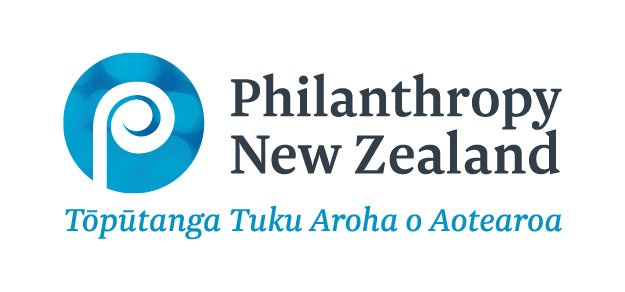Collaborative funding best way forward to prepare communities to weather storms
Community funders should work together to increase impact for storm-battered communities, but the best impact is created ahead of time, and over the long term, with investment in soft infrastructure – people – as well as hard.
David Clapperton from the Eastern & Central Community Trust has seen the impact co-funding can create. When Cyclone Gabrielle devasted Hawkes Bay, he knew getting funders together would be key.
“Early on we saw the opportunity to work together, so we agreed to lead the Hawke's Bay funders forum. We brought all the known philanthropic organisations together, as well as government departments, and we pushed hard for us to work together to share information, to share where we were distributing money, and to share opportunities to co-fund projects,” he told the ‘Disaster funding and response’ breakout at The Philanthropy Conference 2023.
As an example, David recounted the rebuild of Pōrangahau, where 11 houses, the marae and community centre were flooded. Within seven days, the collaborating funding organisations had raised $940,000.
David was joined in the session by Audine Grace-Kutia from Trust Tairāwhiti, and Nina O’Brien from the Foundation for Rural and Regional Renewal, which has supported countless rural and isolated Australian communities during times of disaster and need.
“As the philanthropic sector, we must think about what can we do collectively to support the next community facing a disaster, and recovering from it,” said David. “Based on the learnings post-Christchurch earthquake, we, as an organisation, are looking at setting up a recovery fund. We can afford only about $10 million to be taken out of our reserves to support the Hawke's Bay recovery, but I suspect that’s just a pin prick on the backside of what’s actually needed in the recovery phase. So, we’re going to need to work together as a collective.”
David, Audine and Nina know their organisations will be called upon more as climate change inflicts increasing significant events upon their communities. David called on all philanthropic organisations working in community funding to encourage their communities to learn from Tairāwhiti and Hawke’s Bay’s experience, and to think about what might happen, and how they would react, ahead of time, and, crucially, start preparing.
A major challenge is where the money to invest in preparedness comes from. While funding for the immediate aftermath of a disaster is a comparatively easy get, it’s harder to attract funds for longer-term investments, and certainly to prevent or mitigate damage in the first place.
David said the funding received in the first tranche, as New Zealanders watched the devastation on their televisions, is largely all distributed. “I'm making an assumption here, but I suspect we're going to need as much, if not more, in the recovery phase as we've spent in the response. But there's no money in the kitty.”

